Today, Tomorrow is playful, collaborative approach to the “precious” photo album which the Chinese-American photographer rebuilt to heal her ruptured roots
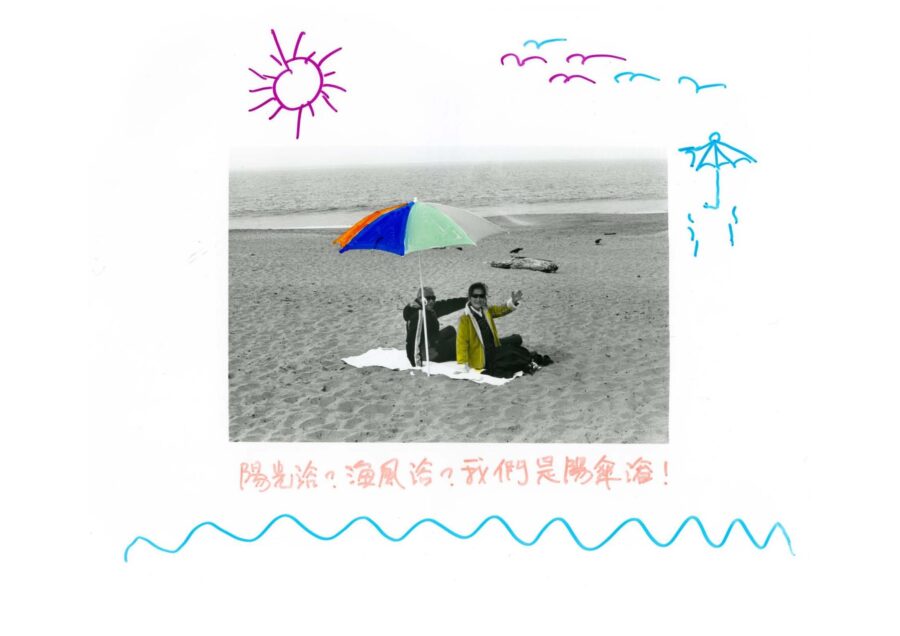

Today, Tomorrow is playful, collaborative approach to the “precious” photo album which the Chinese-American photographer rebuilt to heal her ruptured roots
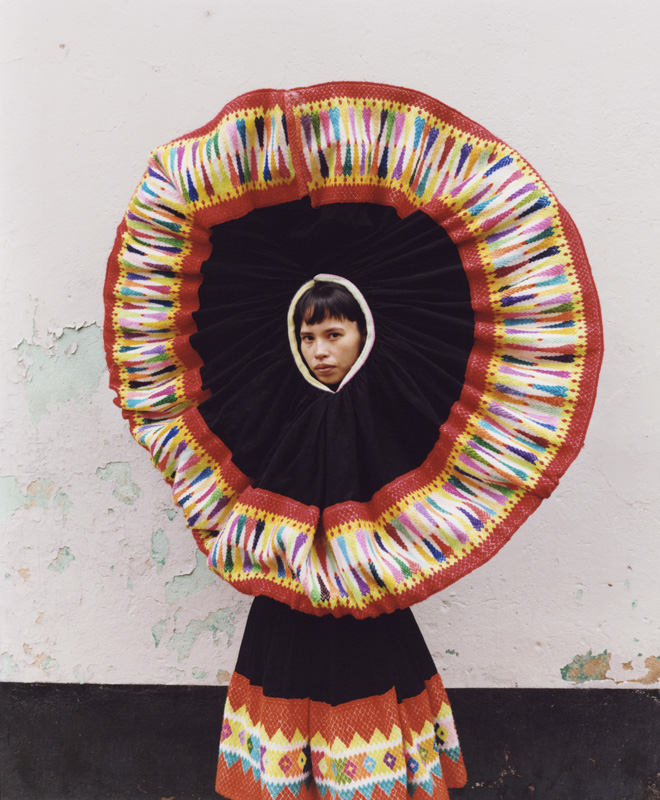
Holding Space at 10 14 gallery features several emerging artists who shine a light on interdependence in global communities
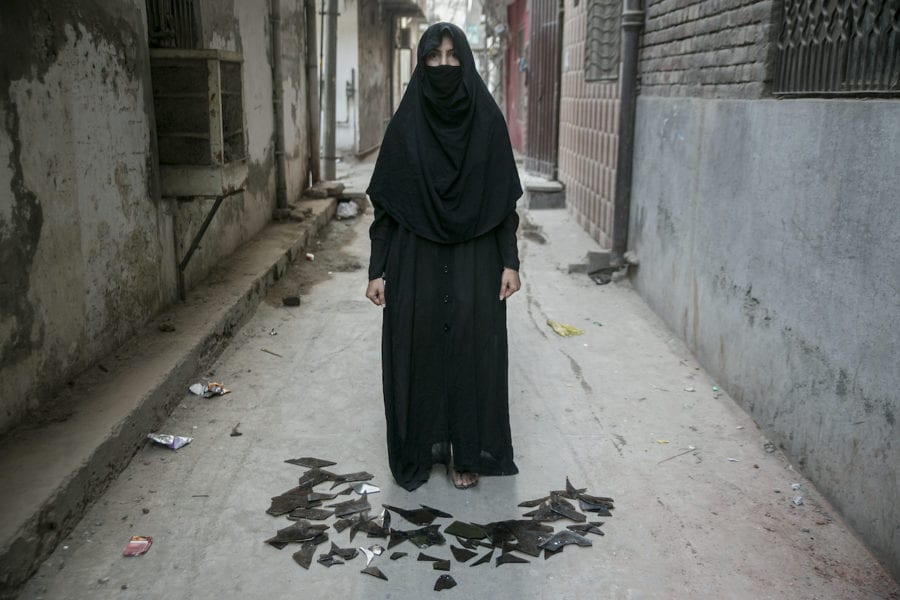
Currently on show at Dubai’s Ishara Art Foundation, Growing like a Tree charts the rise of photo-activism within a growing network of artists and organisations across the region
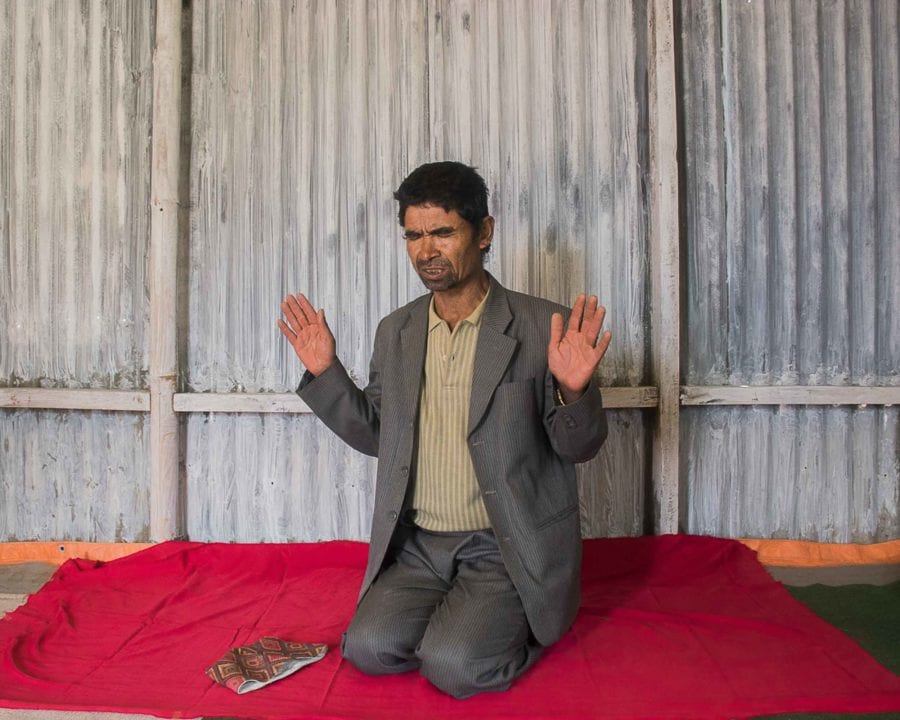
Travelling to the Nepalese Himalayas, Singh tells a story of faith, caste-based discrimination, and the search for new life
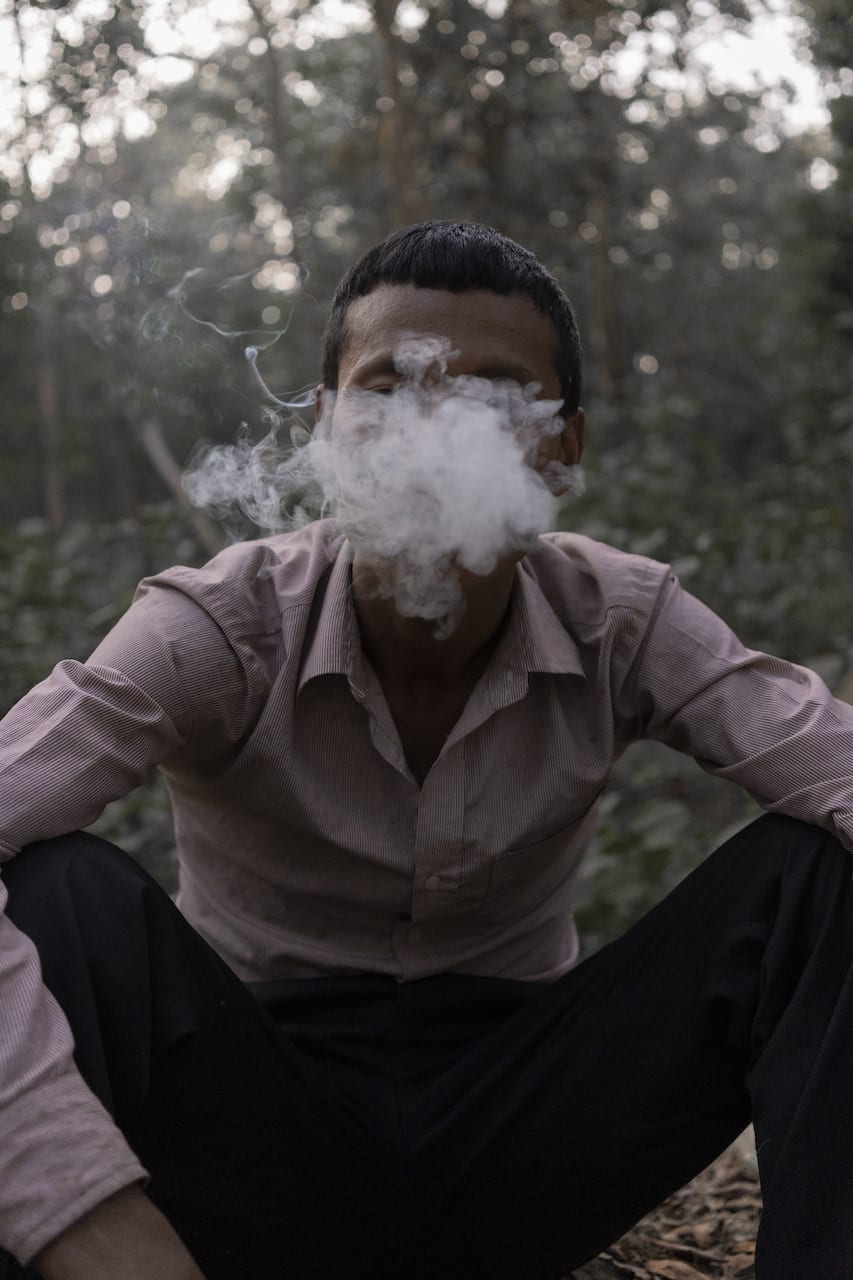
Pietro Lo Casto explores social and environmental issues while touching on humanity, nature and spirits in his graduate project
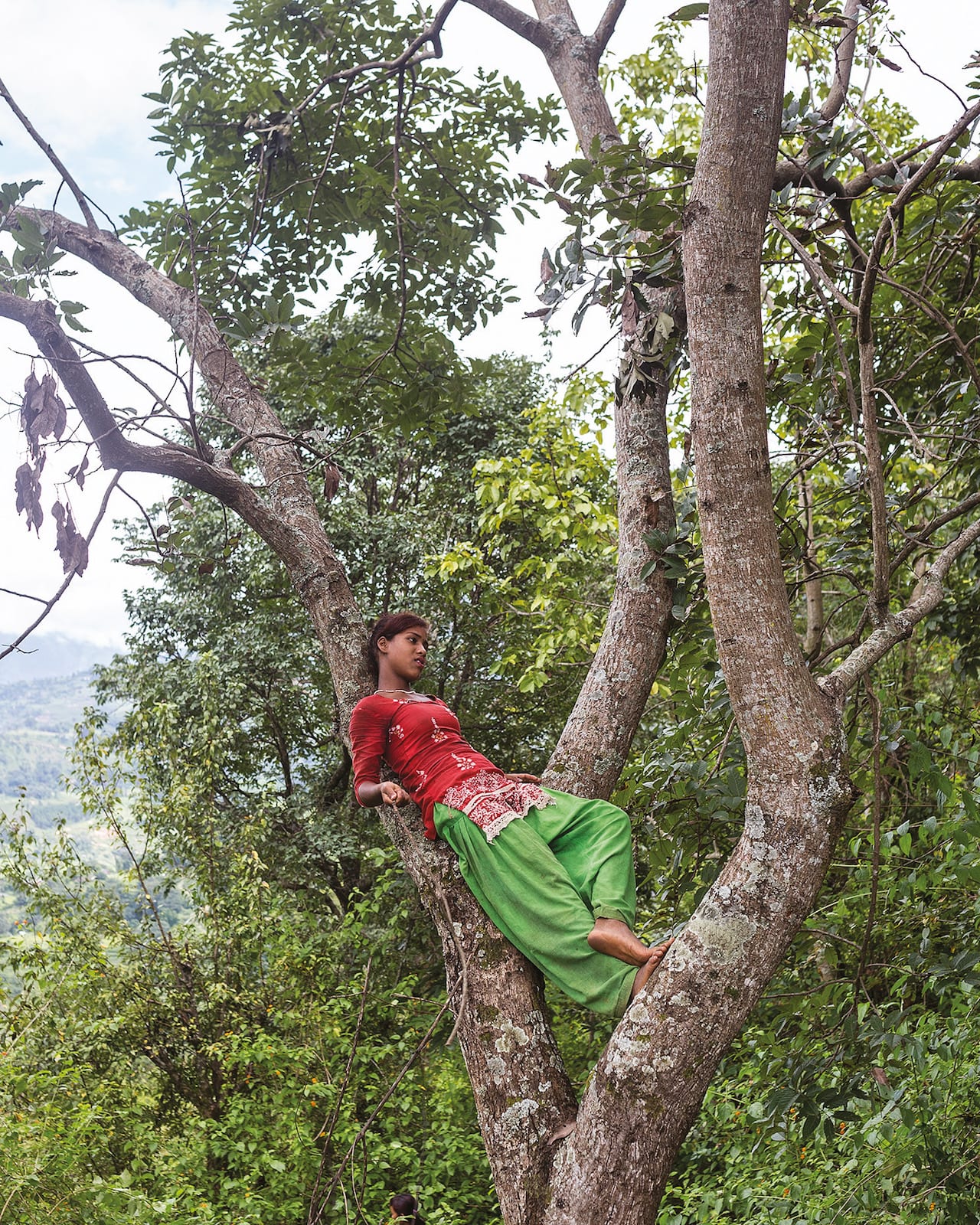
Uma Bista, nominated by artist and curator Rebecca Simons, turns her lens on the difficulties women face due to inequality in Nepal

In Aldershot, a town in Hampshire, England, there is an old 1930s Art Deco theatre called the Empire. Since its renovation several years ago, it operates mainly as a Nepalese community centre. On the top floor there is a restaurant and a temple; downstairs is a function room, where groups of Nepalese men meet up every so often to play xbox, table tennis and traditional Asian games like carrom.
Aldershot is home to the largest Nepali community in the UK and, because of its close proximity to an army base, Gurkha families make up a large proportion of the population. The Gurkhas are Nepalese soldiers who were recruited into the British Army following the Anglo-Nepalese war in the early 19th century. Over 200,000 Gurkhas fought for Britain in both world wars, but they were unable to settle in the UK until 2004. Since then, after a campaign famously championed by the actress Joanna Lumley, the population of Nepalis in the UK has increased from 6,000 to an estimated 100-150,000.
British-Nepali photographer Nina Manandhar’s most recent project, Gurkha Sons, questions the challenges and benefits of coming from a Gurkha family in the UK. The group she photographed calls themselves the k-BOYZ – the “k” standing for Kaprukka, the Nepali word for “frozen stiff” as that’s how they feel when they go out on their motorbikes in cold British weather. Manandhar asks how living in the UK informs their sense of identity, and most importantly, where home now lies for them
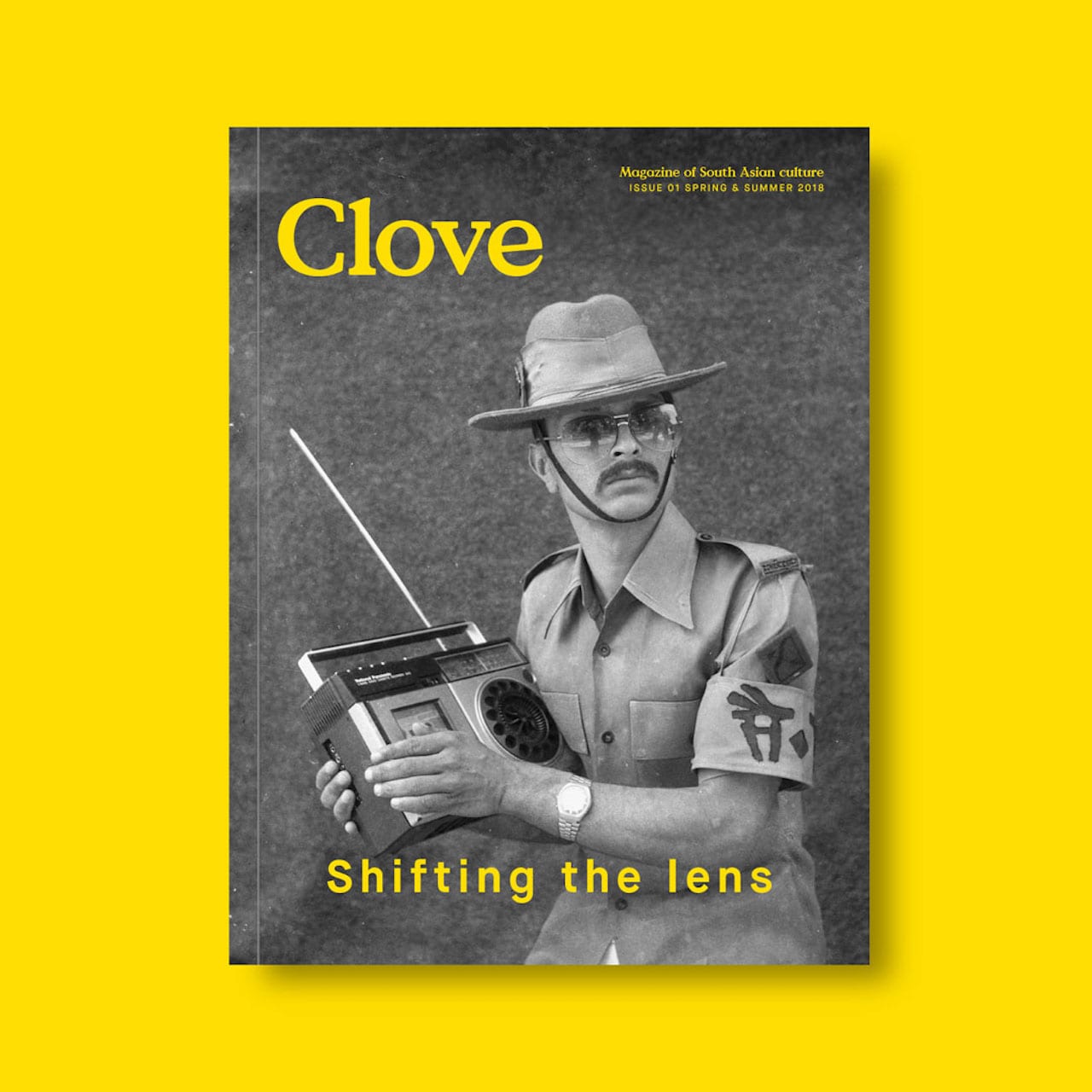
Launched on 11 December, a brand new biannual, Clove, has a refreshing take on art and culture. Founded by London-based, British-Indian journalist Debika Ray, the magazine focuses on creative work from South Asia and its global diaspora. “My impression was always that, in Western media, there was a narrow frame of reference when it came to covering parts of the world beyond North America and Europe,” says Ray, who until recently was senior editor at the architecture and design magazine Icon. “Stories from South Asia or the Middle East are often handled in a distant way, focusing on problems or crises and how people battle against odds to overcome things. I wanted to tell stories from those parts of the world in a way that were instead built on their own merit.”
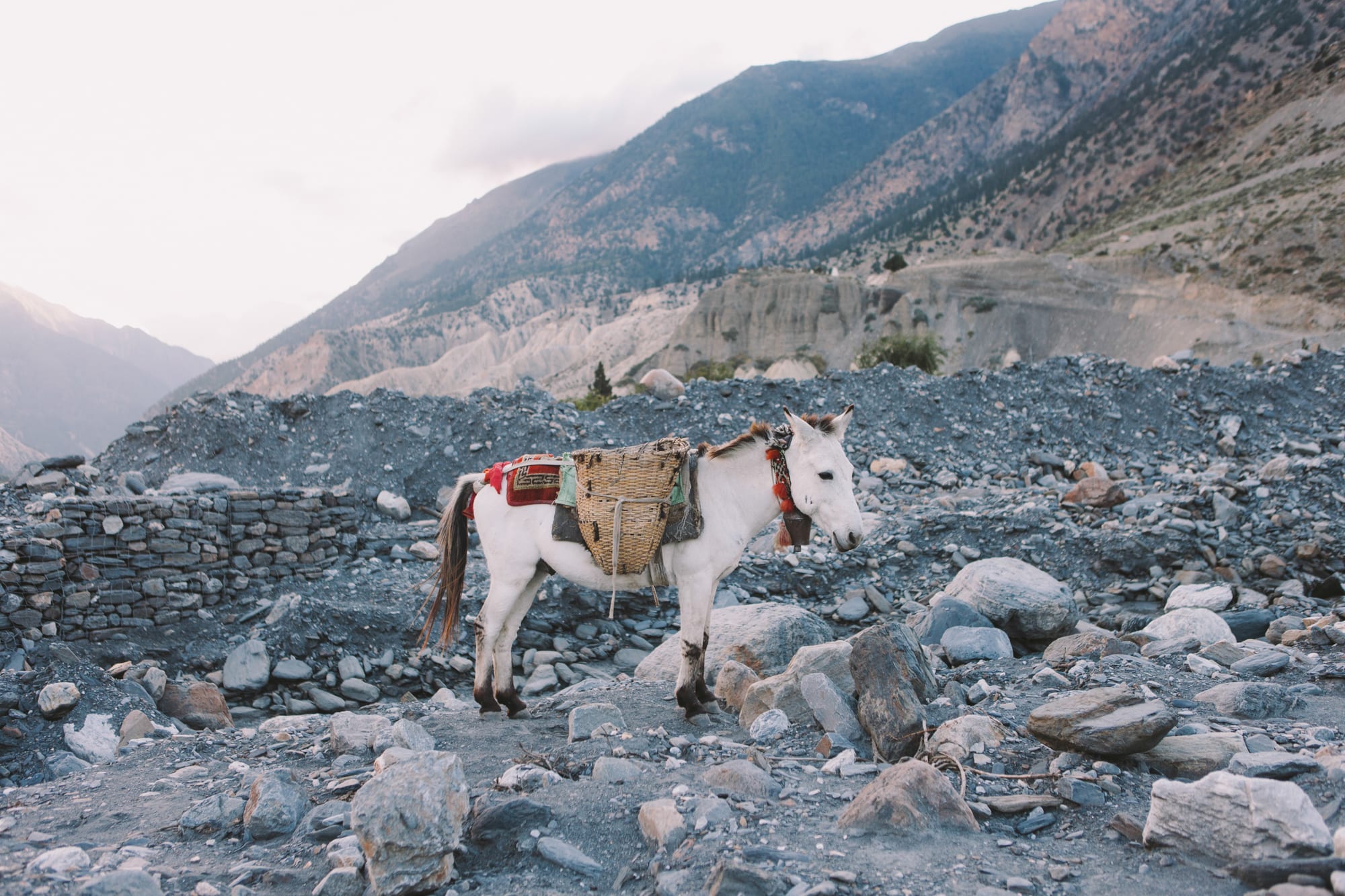
This year marks 20 years since the start of the Maoist rebellion in Nepal. This war and its aftermath have left deep scars on many Nepali lives, and still affect the country at large. Last year, Nepal was hit by several horrific earthquakes, which killed over 8,000 people and left over 800,000 families homeless. A new festival in the country’s capital is exploring such devastation through photography.